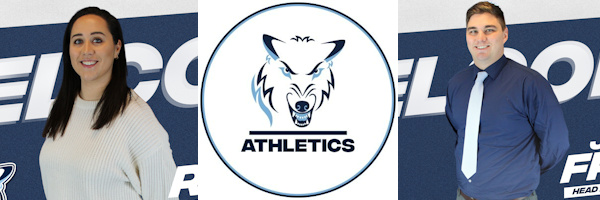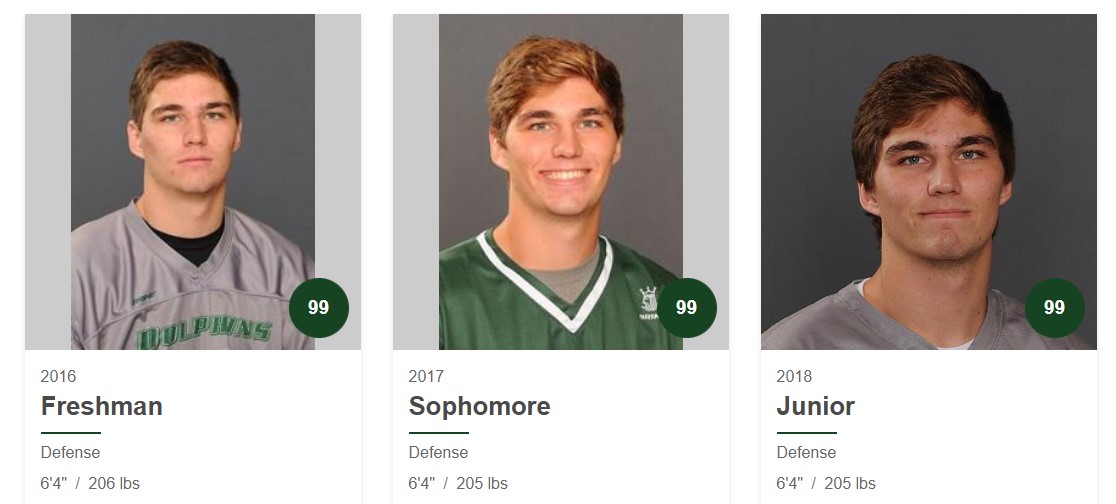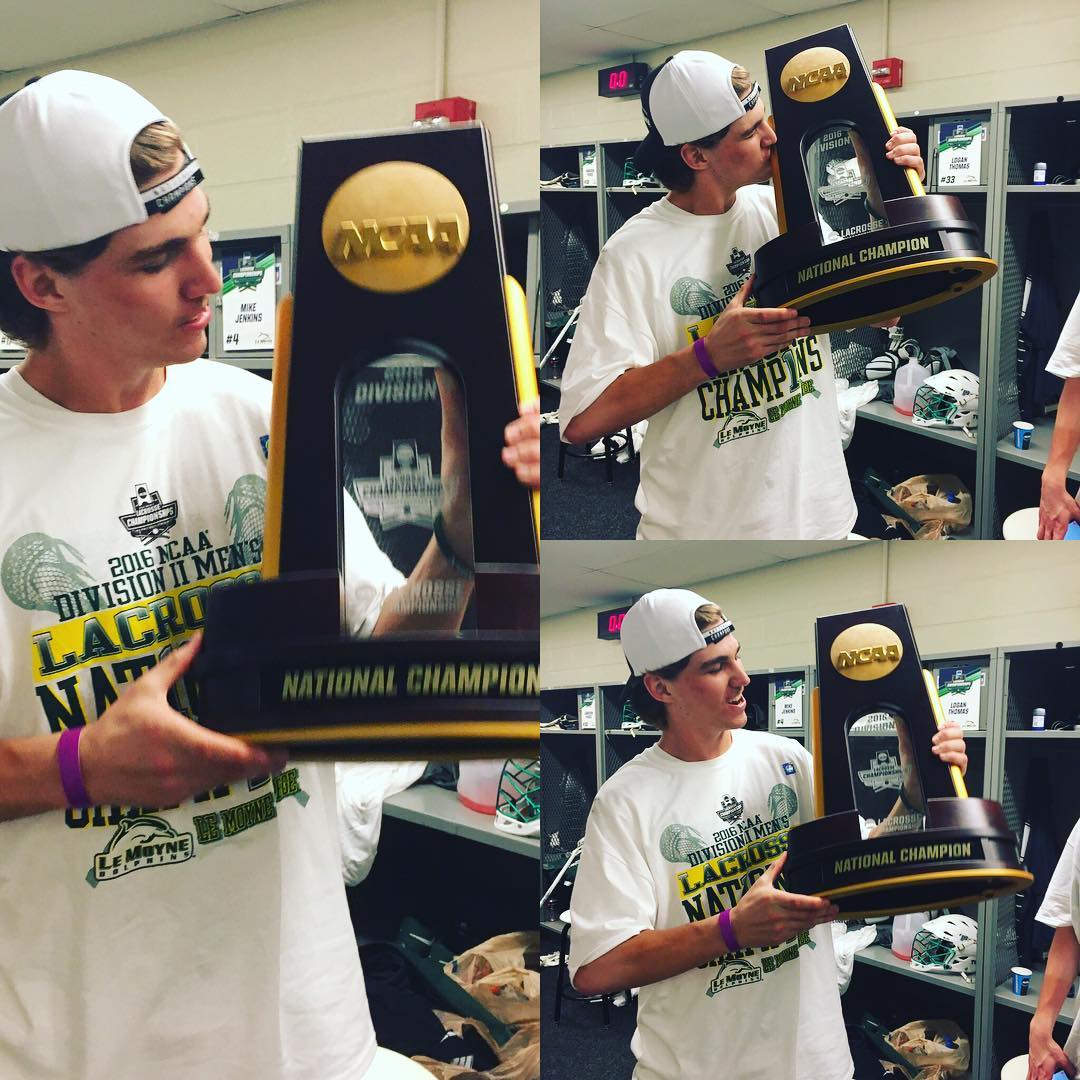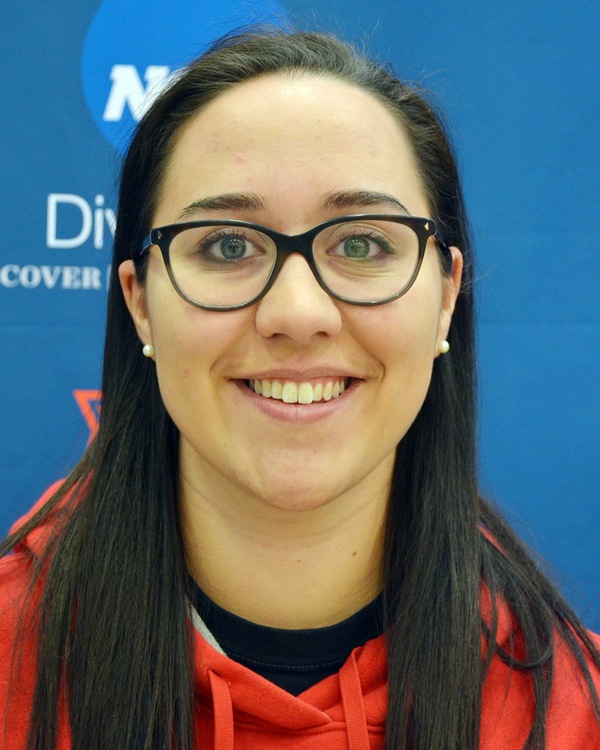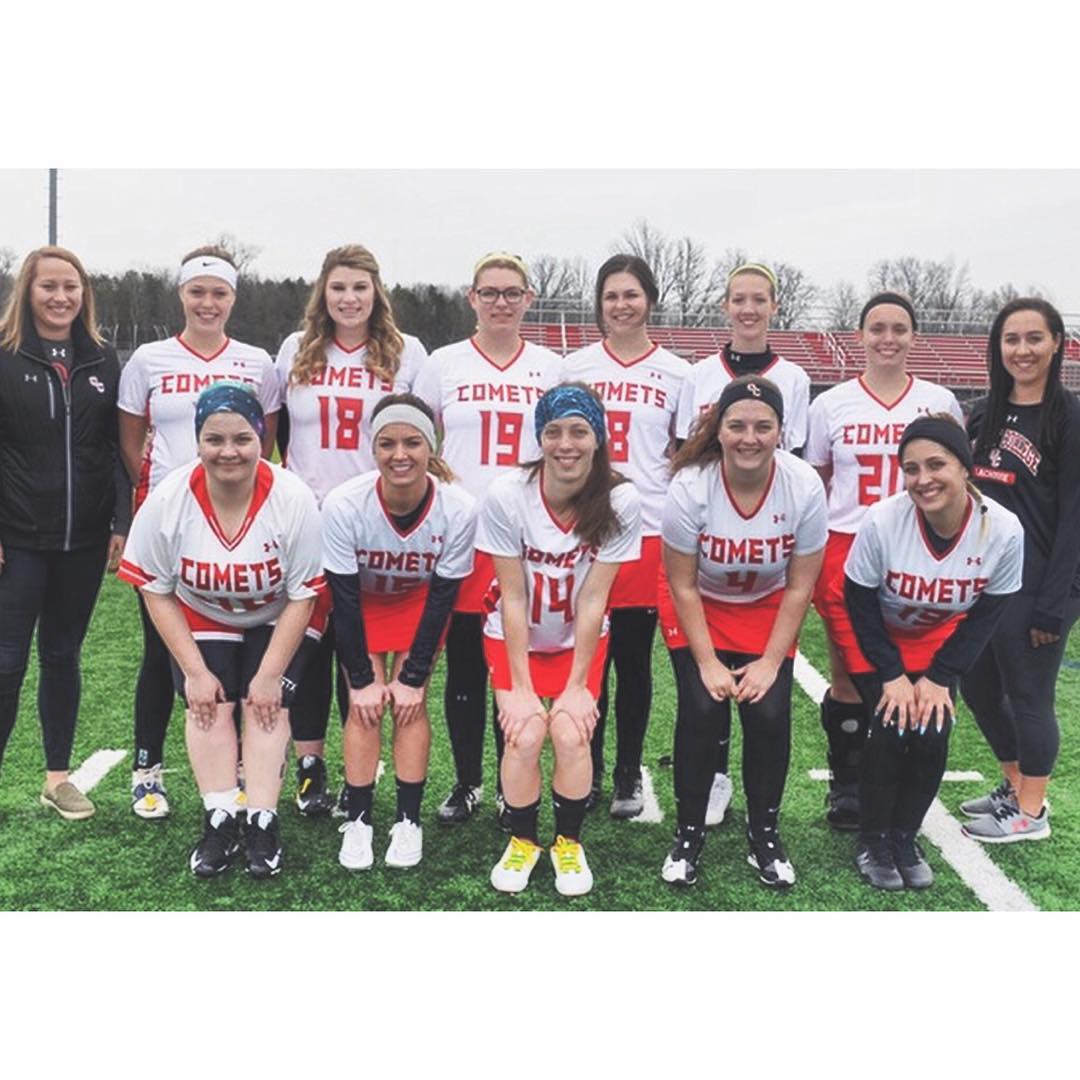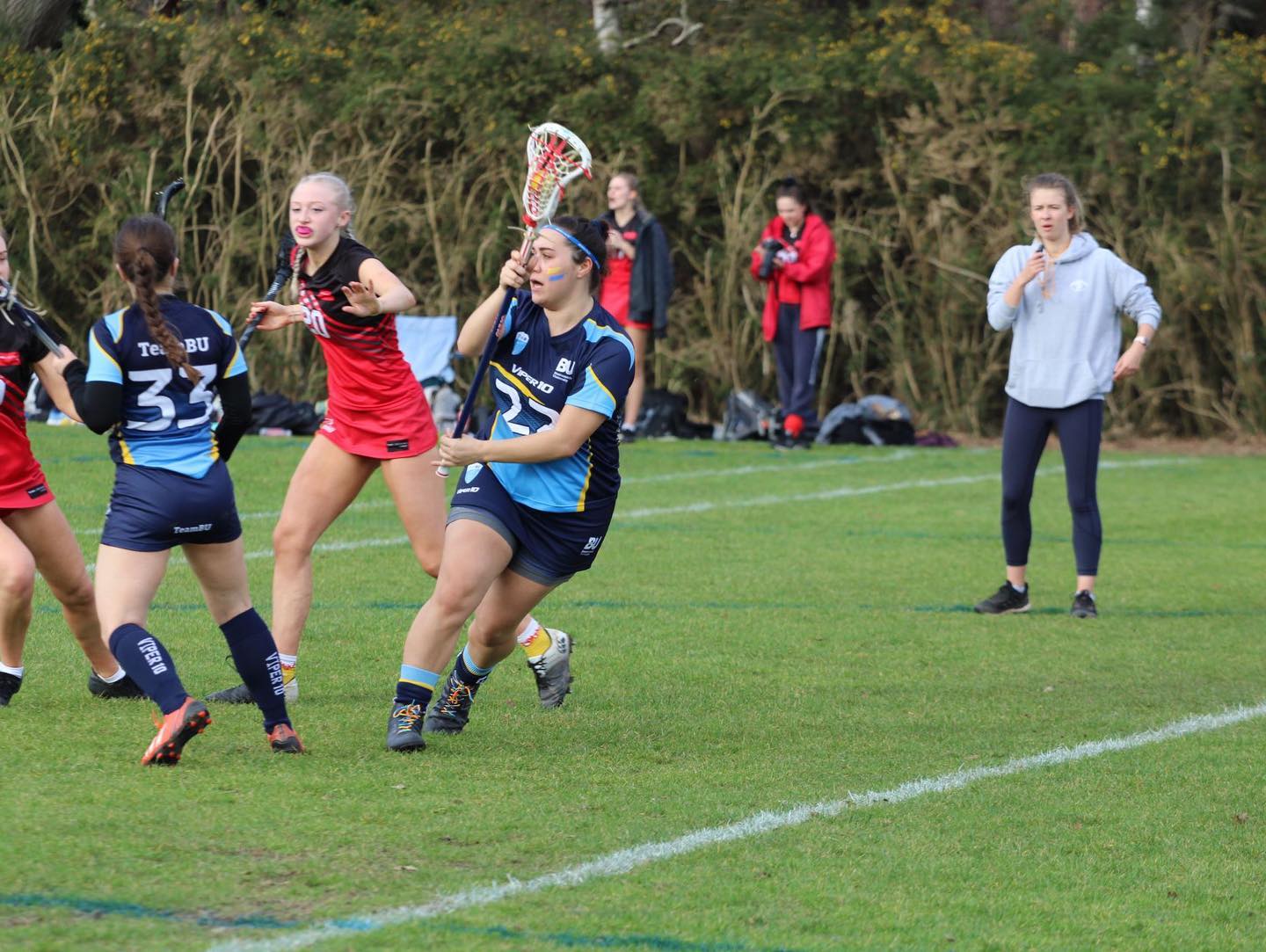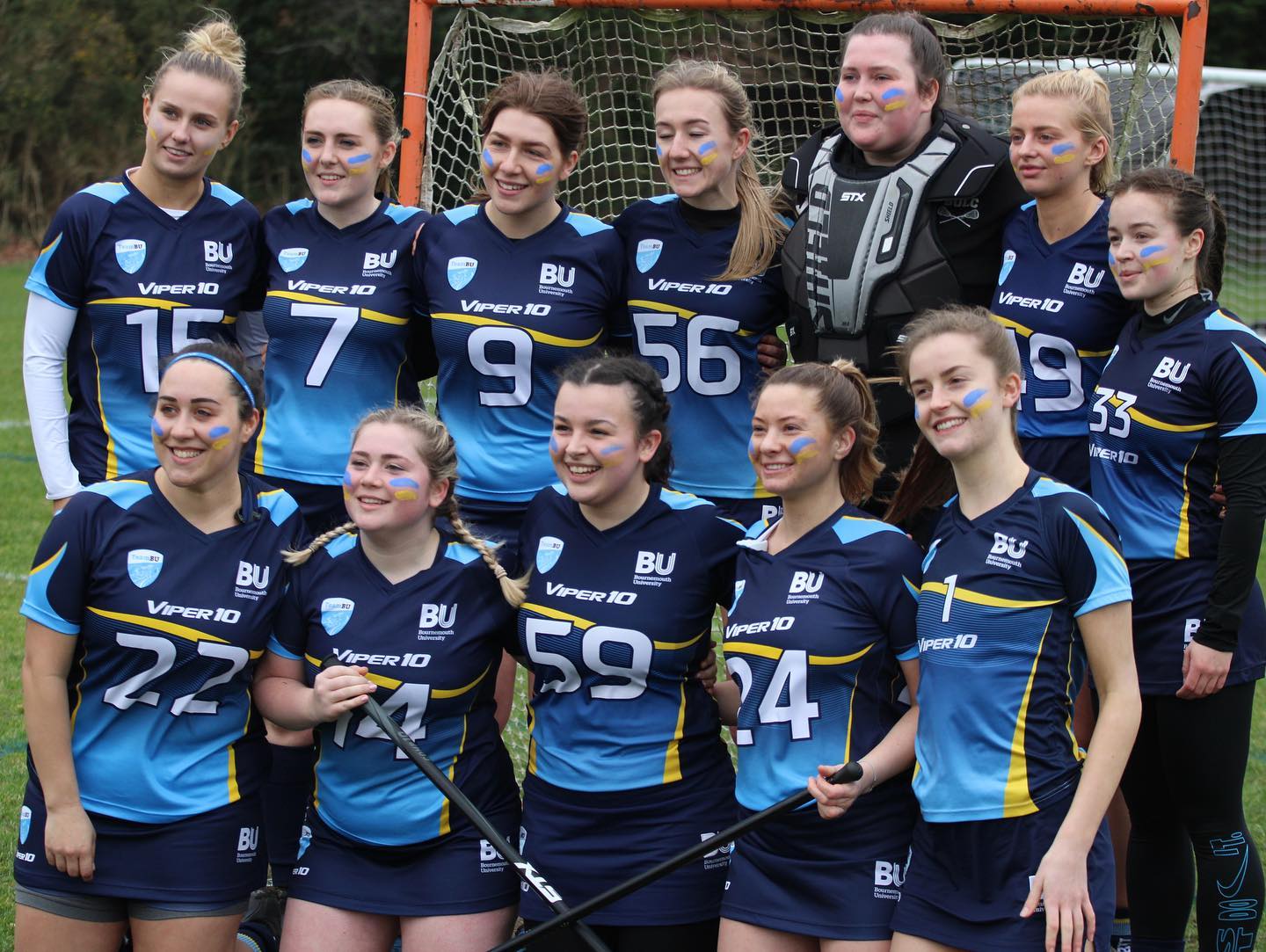Thoughts on regions and seeding for the boys playoffs
This week a working document surfaced describing an alternative to the status quo for how seeding and regions are managed in the boys high school playoffs.
Currently, teams are divided into two divisions based on enrollment, and then within each division almost all teams are placed into a region based on geography. The “almost” qualifier is necessary because in each division the top eight teams are seeded pre-season so that each of those top eight can be placed in a different region…an attempt to avoid a match-up between top teams happening before the quarterfinals. Because the top teams are not evenly distributed across Michigan’s geographic regions, ensuring that only one of the top eight is located in each region can result in teams being placed in a region very far from their geographical location.
To take an example from 2024 in my neck of the woods, Division 2 Region 13 included teams from the the Midland/Bay City/Flint areas…with the exception of East Grand Rapids…which as a pre-season seeded top-eight team was placed in a different region than their actual geography to avoid placing them in the same region as another top-eight team.
For the upcoming 2025 season, the pre-season seeded top eight in each division were ranked according to the following criteria based on the results from 2024:
-
Overall Win - Loss Record for games between MHSAA tournament teams
-
Performance in MHSAA tournament possibly in a former division or as a cooperative program
-
Michigan Power Ratings (MPR)
-
Strength of schedule for games involving MHSAA tournament teams
-
Head-to-Head competition and common Opponents against MHSAA tournament teams
-
Professional Judgment of the Committee
Later in the season (this year the late-season seeding meeting will happen on May 5), the teams in each region are seeded. The top-eight pre-season seeded teams are kept in the region they were assigned to in the pre-season. This year the late-season seeding within regions will be done according to:
-
2025 Season Performance against MHSAA tournament teams only
-
Michigan Power Ratings (MPR) for games involving MHSAA tournament teams only
-
Strength of schedule for games involving MHSAA tournament teams only
-
Head-to-head competition & common opponents against MHSAA tournament teams during the season
-
Discretion of the Committee including the possible use of a blind draw
One quirk that sometimes happens…because the pre-season seeding is an inexact science…is that the late-season seeding can result in the pre-season top-eight team in a region ending up as a lower seed if their season didn’t go as well as expected.
Anyway, back to the example from my neck of the woods…last year Bay City John Glenn was the 8th seed in Division 2 Region 13 and traveled to #1 seed East Grand Rapids for the first-round playoff game (a 150+ mile, 2+ hour drive one-way). EGR won that game 24-1. Because the regional semi-finals and finals are held at a regional location (in this case in Midland), for their next two games (18-0 and 18-3 victories) EGR had to travel to Midland (a 120 mile, 2+ hour drive one-way). I imagine it might have been a cool experience for John Glenn to play a game on Memorial Field on Lakeside Drive in Grand Rapids (a scenic location), but perhaps some might have seen the time and expense of that long trip to be less than ideal.
The working document I mentioned earlier envisions eliminating the pre-season top-eight seeding so that the placement of all teams into regions is done purely based on geography and thereby (the document suggests) accomplishing things like:
-
eliminating teams playing outside of geographic region (leading to “fairer” competition and limited travel)
-
easier tournament administration and planning
-
more transparent seeding process
-
increased significance of the regional championships and growth of the sport
One consequence of the current system is that the best team from a less-traditionally-strong region can be routinely shut out of winning a regional championship because a top-eight team is placed in their region from outside. Basically, you have to get lucky and have an especially good season the same year that a team on the lower-end of the top eight is selected for your region and itself has a down season. In a perfect world, the best team in a geographic region should be the favorite to win that region’s championship.
I don’t have a strong opinion about sticking with the current system versus making adjustments. We have to balance several competing concerns including some that are often mutually exclusive. There is more than one reasonable position regarding the relative importance of the various issues and how best to balance them. I see the logic of the pre-season top-eight seeding, but personally I don’t necessarily see it as an essential element of having a good tournament. Of course, it is preferable if the best two teams meet in the state finals game…and the pre-season seeding makes that somewhat more likely (but not guaranteed). That benefit needs to be judged relative to the down sides mentioned previously. For the top eight teams, holding high the championship trophy at the end of the season is the goal, and that can only be accomplished by defeating every team you face in the playoffs, regardless of the round that you face them. Given the decent amount parity among the top teams these days, I think we can expect to have an exciting and competitive championship game most years regardless of the arrangement of the bracket. Note that the working document suggests that “Using MPR data and tournament results from the past three years to create simulated tournaments, there would be essentially NO CHANGE…in the State Championships matchups or the eventual state champion if the tournament was conducted using the proposed format…“ (of course, those simulations assume that MPR is an accurate predictor of game outcomes while in reality your mileage may vary ). That format is summarized by these three bullets:
-
Purely geographic Regionals
-
Placing teams on the Regional brackets using MPR only
-
Seeding by committee after the Quarterfinal round
The possibility of the boy’s side considering a move towards purely-geographic regions is somewhat ironic given that there has been a groundswell of interest on the girl’s side to move more towards the direction of the boy’s system (currently the girl’s side has four purely geographic regions in each division but only seeds two teams in each region…prompting an interest to seed all teams in each region). Of course, it may be true that neither side has currently arrived at the optimum system given the particulars of its sport and may benefit from moving towards each other in this way.

